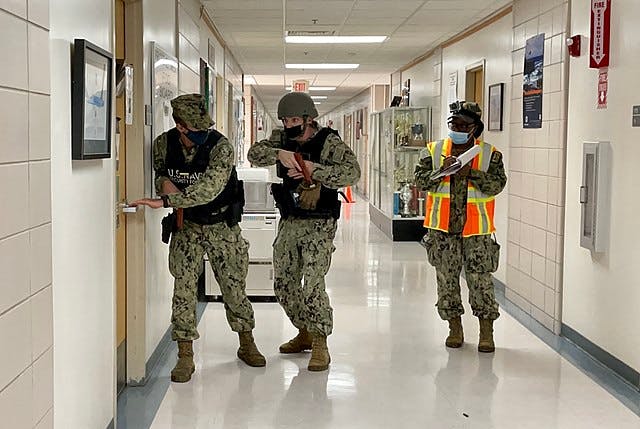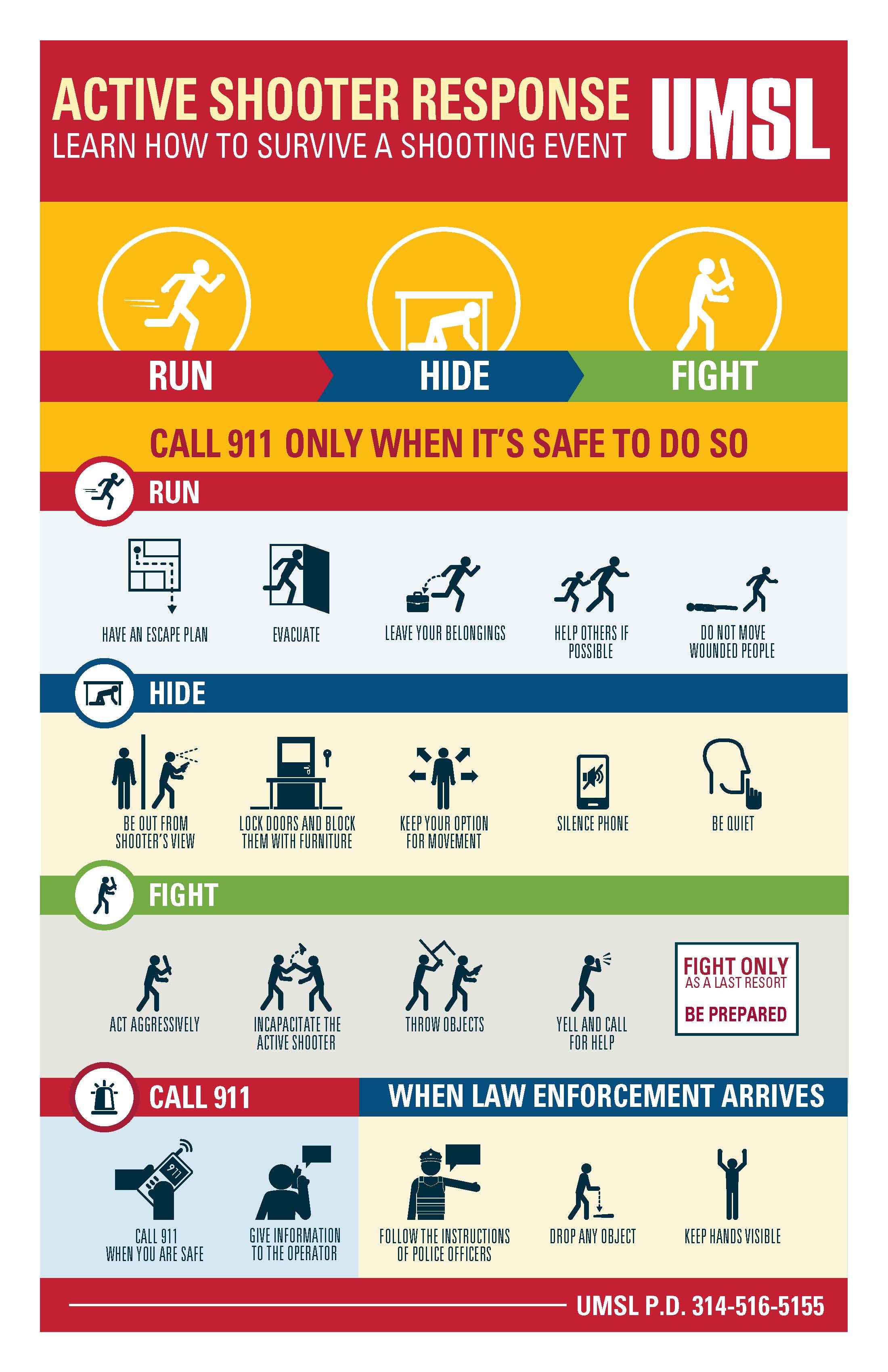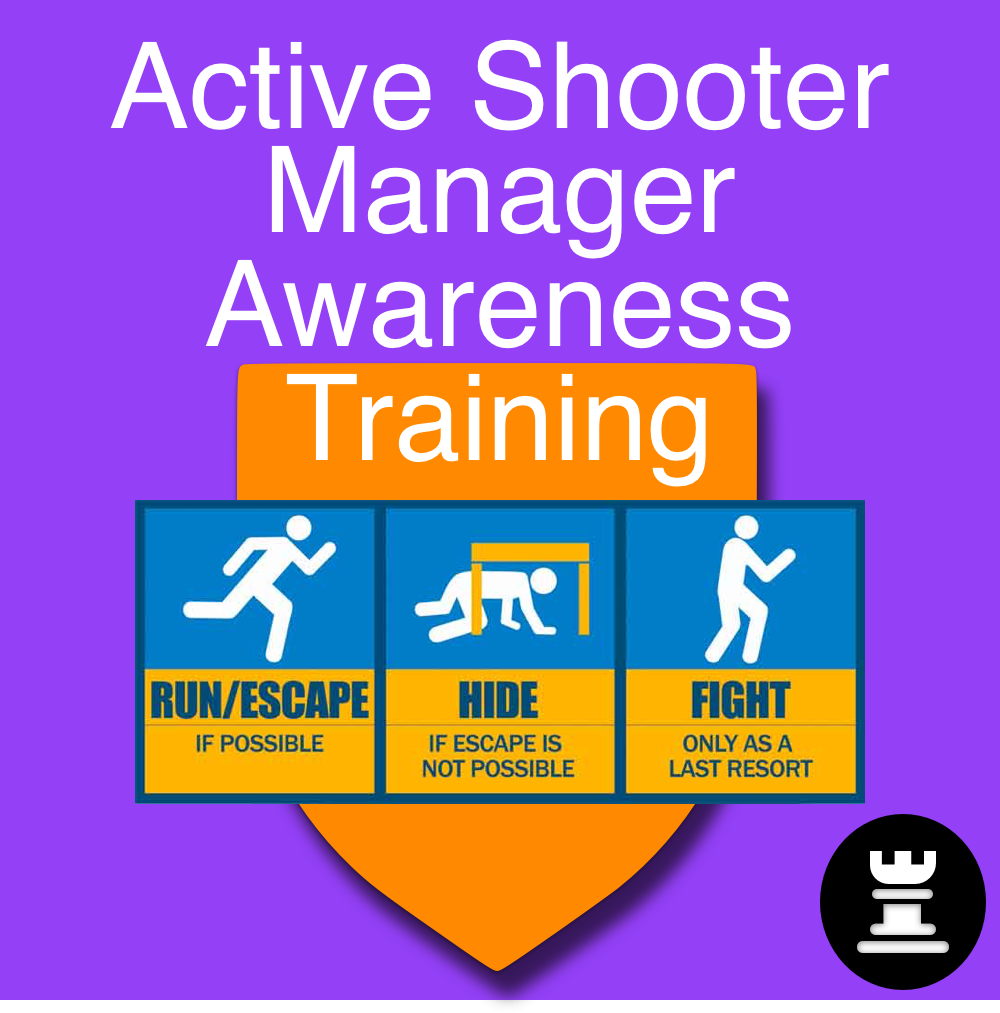The Significance of Active Shooter Training in High-Risk Atmospheres
The Significance of Active Shooter Training in High-Risk Atmospheres
Blog Article
Carrying Out Active Shooter Training: Best Practices for Creating a Safe and Prepared Area Atmosphere
As communities confront the disturbing reality of active shooter events, the execution of comprehensive training programs ends up being essential. What are the crucial components that can transform a basic training program right into a robust version for area strength?

Recognizing the Requirement for Training
In an era marked by increasing incidents of violence in public areas, comprehending the requirement for active shooter training has actually never ever been extra crucial. Extensive training campaigns can outfit participants with the knowledge and abilities to react decisively.
Training cultivates a sense of empowerment and preparedness, enabling individuals to really feel more protected in their environments. The advantages of energetic shooter training prolong beyond prompt feedback; they include enhancing interaction methods and enhancing overall safety and security procedures within companies.
Key Components of Effective Programs
Reliable energetic shooter training programs incorporate numerous essential components that boost preparedness and reaction capacities. Detailed curriculum growth is vital, ensuring that training web content is pertinent, evidence-based, and tailored to the details requirements of the company or neighborhood. This consists of recognizing the characteristics of active shooter occurrences and the psychological effect on individuals entailed.
2nd, reasonable training circumstances ought to be used to simulate potential scenarios, allowing participants to exercise decision-making and response techniques in a regulated environment. These drills facilitate muscle memory and construct self-confidence amongst individuals.
Third, a focus on interaction methods is critical. Developing clear lines of communication among police, emergency situation -responders, and individuals guarantees collaborated feedbacks during an event. Normal updates and refresher training courses help keep communication paths clear and efficient.
Fourth, recurring assessment and comments systems need to be incorporated right into the training program - active shooter training. Assessing the effectiveness of training with participant comments and performance metrics allows for constant enhancement
Finally, promoting a society of security and readiness within the neighborhood urges alertness and aggressive measures, making certain that individuals are not only trained but also engaged in preserving a safe atmosphere.
Engaging Neighborhood Stakeholders

To successfully engage these stakeholders, it is necessary to connect the objectives and advantages of the training. Hosting educational sessions can assist make clear the training's function, address concerns, and detail the roles each stakeholder might play. Furthermore, producing a stakeholder advisory board can facilitate continuous dialogue, enabling varied point of views and understandings to be integrated right into the training program.
Structure relationships with neighborhood leaders and companies is also crucial. Their support can enhance outreach efforts, boost engagement, and guarantee that training is tailored to the special needs of the neighborhood. Additionally, stakeholders can assist in distributing details and resources, strengthening the message of security and readiness.
Ultimately, involving neighborhood stakeholders not only strengthens the training effort yet additionally grows a sense of possession amongst residents, resulting in a much more durable and enlightened area capable of responding properly to potential Your Domain Name dangers.
Training Delivery Techniques
Making use of a selection of training distribution approaches is important to suit the varied discovering designs and demands of participants in active shooter training programs (active shooter training). Effective training can take numerous types, including lectures, hands-on simulations, online components, and interactive workshops. Each technique serves a distinct purpose and can improve the general knowing experience

Online modules offer versatility and accessibility, allowing individuals to learn at their very own pace. These can include video clips, tests, and discussions to determine understanding. Interactive workshops encourage group conversations and problem-solving, advertising synergy and interaction skills.
Integrating a combined approach that integrates these approaches not just enriches the training experience however likewise have a peek at this site ensures that participants are much better prepared to react efficiently in case of an active shooter situation (active shooter training). By resolving different learning choices, companies can produce a more educated and responsive neighborhood
Continual Analysis and Improvement
Routine evaluation and enhancement of active shooter training programs are crucial to keeping their importance and effectiveness. As threats evolve, so should the methods and methods used in training. Continuous evaluation ensures that training content mirrors the most recent intelligence on energetic shooter incidents, including lessons gained from current occasions and changing for arising patterns.
To promote this procedure, organizations must develop feedback devices that consist of participant examinations, expert reviews, and incident debriefs. Accumulating information on participant performance throughout drills and exercises is vital, as it highlights areas needing renovation and educates future training sessions. Furthermore, engaging with police and emergency situation -responders can offer valuable understandings into the practicality and applicability of training protocols.
Routinely set up evaluations of training materials and strategies must be mandated, promoting an atmosphere of innovation and adaptability. Organizations should also motivate a society of ongoing learning, where team members really feel empowered to recommend adjustments based on their experiences. By devoting to continuous analysis and improvement, companies not only boost the effectiveness of their energetic shooter training programs but likewise enhance their general dedication to security and readiness within the community.
Final Thought
To conclude, efficient execution of active shooter training demands a detailed approach that prioritizes neighborhood involvement and practical simulations. By developing customized educational programs, integrating varied training approaches, and fostering partnership among stakeholders, areas can boost readiness. Constant evaluation and feedback systems are essential for adapting programs to emerging dangers, consequently strengthening overall security. Eventually, a dedication to recurring training and improvement cultivates a click to read culture of alertness and preparedness, guaranteeing a much safer atmosphere for all neighborhood participants.
Report this page